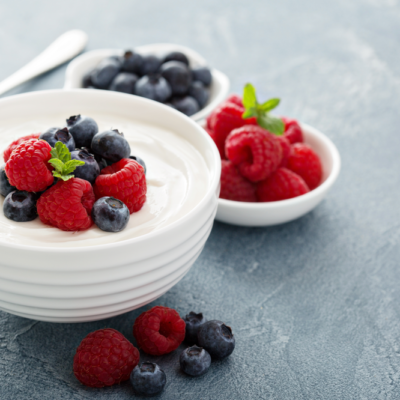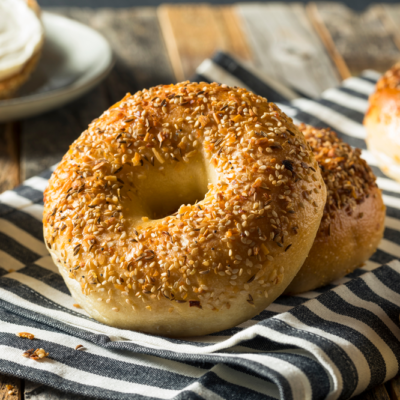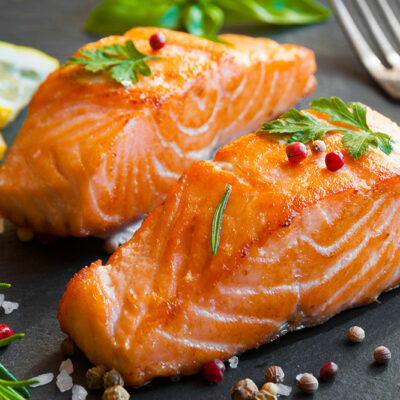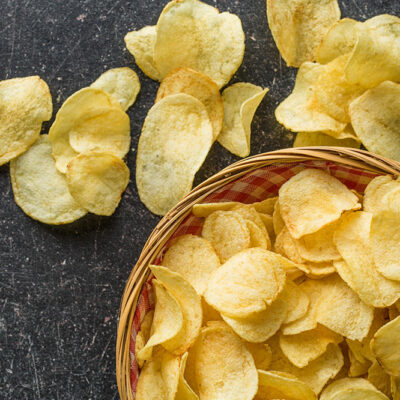
Food
7 Best Breakfast Ideas For Type 2 Diabetes
For many people, breakfast is the most important meal of the day. For those with type 2 diabetes, it’s even more crucial. A balanced breakfast keeps diabetics feeling full for longer and stabilizes blood sugar levels. Since insulin spikes occur more in the morning, eating a healthy breakfast is important. If you’re someone who loves donuts and sugary cereals, you should opt for healthy breakfast options. This list offers the healthiest breakfast options for those with Type 2 diabetes: 1. Eggs Sometimes the easiest breakfast to make is a hard-boiled egg. This is ideal for those with type 2 diabetes since it keeps you fuller and doesn’t affect your blood sugar levels. Eggs are also packed with protein, which decreases glucose absorption. While they are the right choice for people with diabetes, they are also high in cholesterol, so be aware of your cholesterol levels. Other ways to cook eggs include hardboiled, scrambled, sunny side up, over hard or over medium, or in omelettes and frittatas. 2. Greek yogurt with berries Research has shown that yogurt reduces glucose levels and insulin resistance. It also contributes to lower systolic blood pressure. When it comes to yogurt, plain (no sugar added) Greek yogurt is the best place for diabetes patients to start.
Read More 










